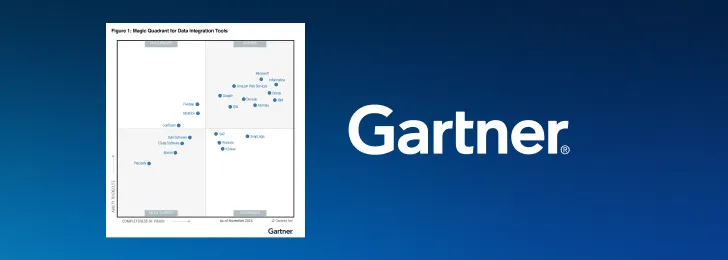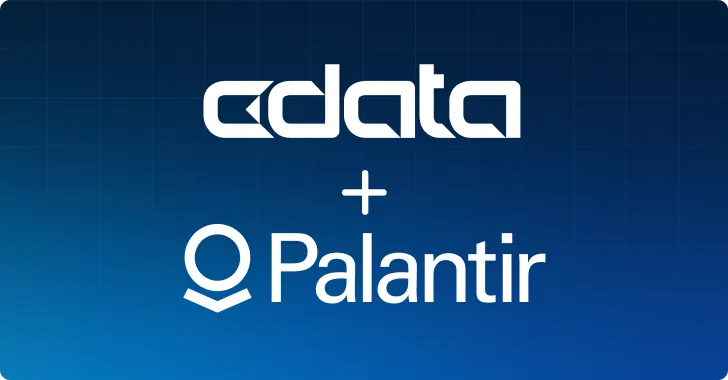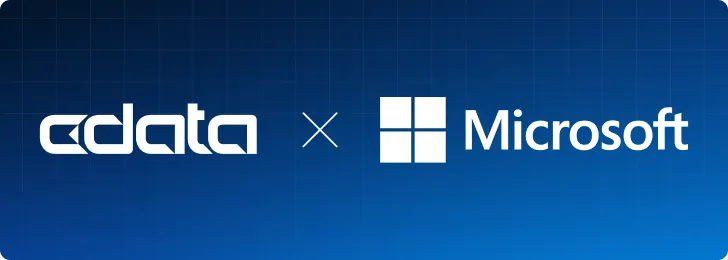
While data silos exist in many industries, the inability to access data across disparate healthcare systems can have dire consequences. At best, siloed healthcare systems are inconvenient for patients and frustrating for healthcare providers. Patients can tire of filling out the same medical history forms for every provider. Healthcare professionals can become dissatisfied with repetitive paperwork and leave the field. At worst, siloed systems can be detrimental and even downright dangerous for a patient. Elderly patients may not remember all the details of their medical history, and their providers may make decisions based on incomplete or inaccurate information.
Healthcare organizations need to move beyond siloed practices and data towards collaboration and integration to improve patient care, professional development, and overall efficiency. This article delves deeper into what data silos are, how they impact patient care delivery, and the importance of breaking down these silos. Additionally, we’ll explain some of the current initiatives and best practices being used to dissolve data silos in healthcare and how this could lead to better health outcomes and patient satisfaction.
What are data silos?
Data silos are storage systems, software applications, and databases that operate independently, making it difficult to share data across different systems. For example, a data silo in healthcare is a lab that has its own database for test orders, a pharmacy that has a database of patient medications, a hospital that has a separate health record system from the individual providers’ health record systems, and so on.
A simple annual wellness visit can involve multiple systems: the scheduling system, insurance and billing systems, the separate pharmacy system for filling prescriptions, and the possible referral to a specialist, with the specialist’s own billing, insurance, and scheduling systems. These systems become more complex when a patient has a serious illness. With a siloed system, it is difficult for the provider to map the patient’s entire healthcare journey. Often, it falls to patients to oversee their healthcare the best they can.
The damaging effects of silos in healthcare
Data silos have many damaging effects on both patient care and on healthcare organizations.
- Incomplete or inaccurate patient data: In a 2020 survey, 21% of patients reported finding inaccurate information on their medical records. Without a centralized system, there is a higher risk of errors due to clerical errors or outdated information. Older and sicker patients have additional challenges navigating these inaccuracies.
- Provider burnout: Data silos don’t just affect patients. Healthcare providers experience high levels of job dissatisfaction when they are expected to provide care based on incomplete information, or to be responsible for piecing together medical history from different systems. Providers want to spend time on patient care, not on repetitive paperwork. You can lose experienced providers because of burnout.
- Limited view for clinicians: Healthcare providers need a full picture of patient health, including medical history, lab reports, and medication interactions, to provide the best possible care. Patients get frustrated when they must remind each provider of their medical history when there is no single source of information.
- Increased costs: Poor patient outcomes due to lack of data availability also incur additional costs. A patient may need to be readmitted to the hospital because he was mistakenly discharged too soon, or he may end up needing expensive emergency room care because of a misdiagnosis. Maintaining separate systems and performing manual work to obtain data is a waste of time and money. Different departments may duplicate efforts to collect and store the same data. Patient record inaccuracies, as well as billing inaccuracies, can be costly to fix. In addition, data silos pose challenges with HIPAA compliance, and can lead to fines and damage to the provider’s reputation.
It is possible to break down data silos, even with deeply entrenched healthcare systems and privacy concerns. Healthcare providers are beginning to recognize the importance of a holistic approach to patient care and are starting to use the technology available to integrate systems.
Strategies to break down healthcare data silos
The following strategies can break down data silos in healthcare.
- Interoperability: To break data silos, you need standardized health records. The adoption of interoperability standards like Fast Healthcare Interoperability Resources (FHIR), set by HL7, is a good start. FHIR facilitates the exchange of healthcare data between different systems, such as electronic health records (EHRs), health information exchanges (HIEs), and other healthcare applications. FHIRs are more accessible and scalable than previous healthcare interoperability standards and are easier to implement.
- Investment in data integration solutions: You can consolidate data sources into centralized repositories or data warehouses. You can also implement systems that seamlessly exchange data across different healthcare applications, platforms, and organizations. The system should be able to aggregate and harmonize data from various sources.
- A culture of communication: Communication fosters collaboration, transparency, and information sharing. All healthcare workers, from doctors and nurses, to pharmacists, lab technicians, and administrative personnel, need to work together to break down silos. They need training that shows how integrated systems benefit everyone in a healthcare organization and are worth the investment of time to learn the new system.
Benefits of breaking down healthcare data silos
Implementing a unified data platform and abandoning data silos benefits healthcare workers and patients in many ways.
- Improved patient care: The most important benefit of abandoning healthcare data silos is improved patient care. When you can better coordinate care between different healthcare providers and specialties, such as labs, hospitals, and pharmacies, the better the patient outcome. Patients also have a more positive experience overall and are more likely to seek care when needed.
- Streamlined workflows and reduced burnout: Streamlining data workflows allows for automating routine tasks, such as scheduling appointments and billing. Healthcare workers experience greater job satisfaction when they can concentrate on patient care, rather than time-consuming data gathering and administrative tasks.
- Improved data accessibility and security: Healthcare providers are understandably concerned about privacy concerns when sharing data. An integrated system is more secure than siloed systems, since centralized data management enables better control over permissions and privacy regulations, such as HIPAA. With an integrated system, you reduce the risk of data breaches of separate systems by deploying security tools and alerts centrally. You can also audit data access and usage more easily.
- Enhanced insights and innovation: When healthcare providers can access integrated data across systems, they can gain actionable insights about patient care. They can identify trends, make quicker decisions, and anticipate patient needs more easily. The insights obtained from integrated data can spark innovation in patient care.
- Cost savings. Better patient data leads to early interventions and fewer costly emergency department visits and readmissions. Integrated healthcare systems reduce costs by streamlining administrative tasks, eliminating clerical errors, and reducing the amount of time spent looking for information in multiple systems.
Abandon data silos in healthcare with CData
CData Sync can help you break down data silos in your healthcare organization by connecting to multiple data sources and getting your data to the destinations you want. CData Sync supports popular databases and data warehouses such as Amazon Redshift, Microsoft SQL Server, Oracle, Snowflake, and many others. The no-code data integration tool connects to hundreds of data sources and targets.
Try CData Sync today
Get a free trial of CData Sync to learn how you can deploy data replication pipelines between any data source and any database or data warehouse.





